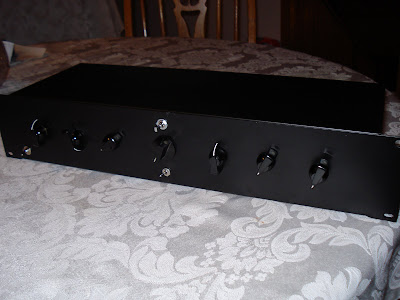
My hand-made capacitors are paper in oil, with silver plated stranded wire leads that are teflon insulated.
Paper in oil caps have long been held in high esteem by audiophiles, recording engineers, and guitar players for their organic smooth tone and rich detail. PiO caps are considered some of the most transparent sounding caps in existence.
Lightning Boy Audio (Gallery Acoustics) Fat Caps are used in many early audio creations by Lightning Boy Audio. Most commonly they are found in the EQ circuitry of LBA gear, including Soul Drive, Olympus and the SPEQ-1 passive Equalizer.
Paper in oil caps have long been held in high esteem by audiophiles, recording engineers, and guitar players for their organic smooth tone and rich detail. PiO caps are considered some of the most transparent sounding caps in existence.
Lightning Boy Audio (Gallery Acoustics) Fat Caps are used in many early audio creations by Lightning Boy Audio. Most commonly they are found in the EQ circuitry of LBA gear, including Soul Drive, Olympus and the SPEQ-1 passive Equalizer.









